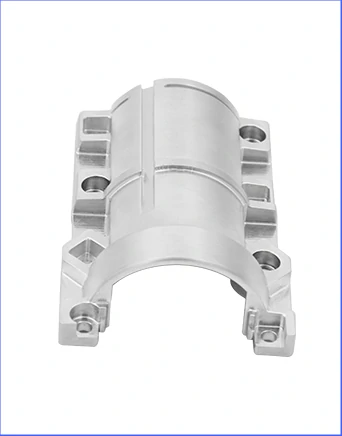Time to read: 6 min

CNC machining is a transformative manufacturing process that leverages G and M codes for precision and efficiency. These codes are the linchpin of CNC operations, with G codes dictating machine movement and M codes managing non-geometric functions.
Understanding CNC Machining
CNC, or Computer Numerical Control, machining is a computerized process that uses machine tools to fabricate parts with exacting specifications. The technology is renowned for its precision, efficiency, versatility, and repeatability.
Evolution of CNC Programming
Early CNC programming involved punched cards or tapes, which were prone to damage and loss. Modern CNC programming utilizes advanced computer software, streamlining the code generation process and enhancing machine operation efficiency.
G Codes in CNC Programming
G codes, or geometry codes, dictate the movement and function of the CNC machine. They are alphanumeric and indicate the tool's position and movement in three dimensions. G codes are machine-specific, requiring machinists to be familiar with the particular format required by the machine they operate.
M Codes in CNC Programming
M codes, or miscellaneous codes, control auxiliary functions of the CNC machine, such as spindle control, coolant systems, and program halting. Each block of program information should contain only one M code to prevent programming conflicts.
List of Common G and M Codes
- G00 – Rapid Positioning: Swift tool movement to specified coordinates without cutting.
- G01 – Linear Interpolation: Straight-line cutting at a set feed rate.
- G02 – Circular Interpolation (Clockwise): Arc and circle creation in a clockwise direction.
- G03 – Circular Interpolation (Counter-Clockwise): Counter-clockwise arc and circle creation.
- G04 – Dwell: Temporary pause at the current position.
- M00 – Program Stop: Temporary stop requiring operator intervention.
- M02 – Program End: Concludes the CNC program.
- M03 – Spindle On, clockwise: Starts spindle rotation in a clockwise direction.
- M05 – Spindle Stop: Halts spindle rotation for tool changes or other operations.
Differences Between G and M Codes
- G-codes: Focus on machine motion and geometric functions.
- M-codes: Manage non-movement operations and machine functions.
Conclusion
Mastering G and M codes is essential for anyone involved in CNC programming. These codes are the keys to unlocking the full capabilities of CNC machines, enabling the production of high-quality, complex parts with precision and efficiency.




